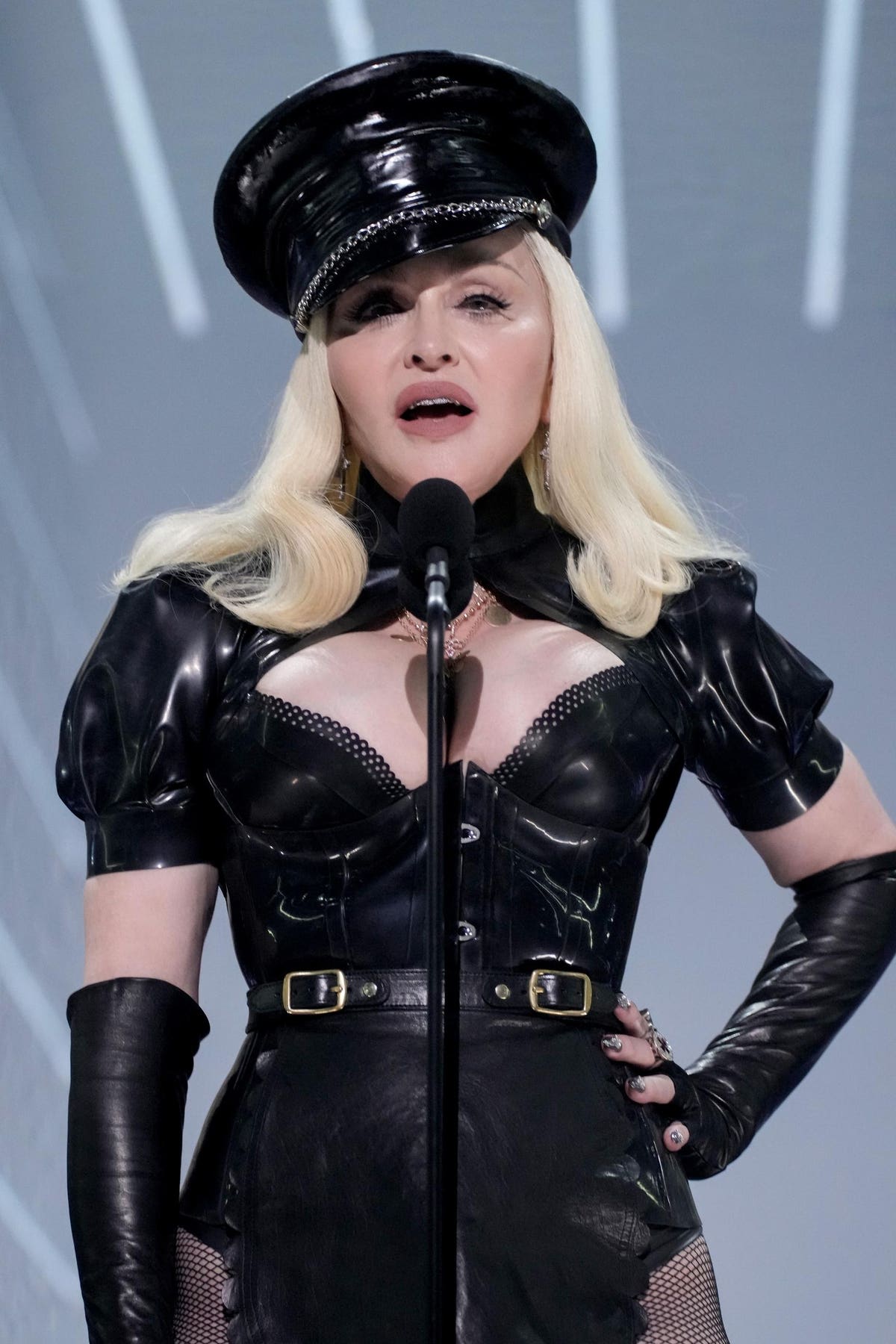A report alleges that Narcan (naloxone) revived Madonna who was suffering from septic shock. The pop diva was found unresponsive in her home on June 24th. Those who discovered her apparently administered naloxone.
Subsequently Madonna was rushed to an intensive care unit where she was intubated for at least one night at a New York City hospital before having the tube removed.
Since reports surfaced late last month about Madonna’s condition, sepsis has been considered as one of several possibilities why Madonna required intubation after a serious bacterial infection had left her unresponsive.
Sepsis occurs when a person has an infection and their immune system overreacts. It can cause very low blood pressure and ultimately organ failure. Septic shock is the last and most severe stage of sepsis.
According to reports Madonna had been battling a low-grade fever for a month prior to her collapse. But the pop mega star apparently brushed it off as she was intent on continuing to rehearse for her upcoming world tour. This is unsurprising, as for many years Madonna’s work ethic and grueling schedule have been a topic of discussion. At 64, Madonna, whose name at birth was Madonna Louise Ciccone, is the bestselling female recording artist of all time. She has sold 300 million records in a career spanning more than four decades.
The drug reportedly used to revive Madonna two weeks ago, naloxone, has had a labeled indication as an opioid antagonist since 1971. Specifically, the drug is indicated for the emergency treatment of known or suspected opioid overdose. However, in the case of Madonna, no actual evidence has come to light that Narcan was used as an opiate antidote.
Despite this, several media outlets, including Jezebel, seized on comments made by Madonna regarding use of opioids. For example, asked by Jimmy Fallon in October 2021 on The Tonight Show if she smoked or vaped, Madonna responded by saying “I like opiates.”
However, such a statement doesn’t necessarily mean anything. It could be tongue in cheek or simply to get a rise out of people. More importantly, aside from unsubstantiated speculation, it’s unknown whether two weeks ago an opioid overdose was the culprit causing Madonna’s unresponsive state.
Questions do remain, though, specifically regarding why Narcan was allegedly used. If one finds a person unresponsive, septic shock probably isn’t the first thing that comes to mind. Not only that, it requires laboratory studies to diagnose bacterial sepsis. Perhaps Narcan was administered as a precautionary measure to counter a possible narcotic intoxication, just in case opioids were involved. But at this point there are no hard facts to support this.
What has been revealed to the public through Madonna’s manager, Guy Oseary, is that she spent several days in the intensive care unit after developing a “serious bacterial infection” and that a “full recovery is expected.”
A serious bacterial infection coupled with reports that Madonna was intubated suggest the possibility of septic shock. And there is evidence from studies, albeit limited, with respect to the off-label use of naloxone for hypotension related to septic shock.
According to the Food and Drug Administration (FDA), Narcan can be administered for septic shock as an “adjunctive use.” The product is included on reputable websites, such as drugs.com, as a possible supplement to “produce a rise in blood pressure” when a person is suffering from septic shock. And, according to the FDA, Narcan has been shown in some cases of septic shock to be temporarily effective in addressing hypotension. Pfizer, one of several manufacturers of naloxone, makes a similar statement on its website.
At the same time, both FDA and Pfizer note the adverse events that can occur if naloxone is administered to patients with septic shock. Therefore, FDA and Pfizer recommend “exercising caution” when deciding to use naloxone for patients in septic shock.
In the end, because Narcan is not typically administered in instances of septic shock, the public is left with more questions than answers regarding the alleged use of the agent in Madonna’s case.
Read the full article here





